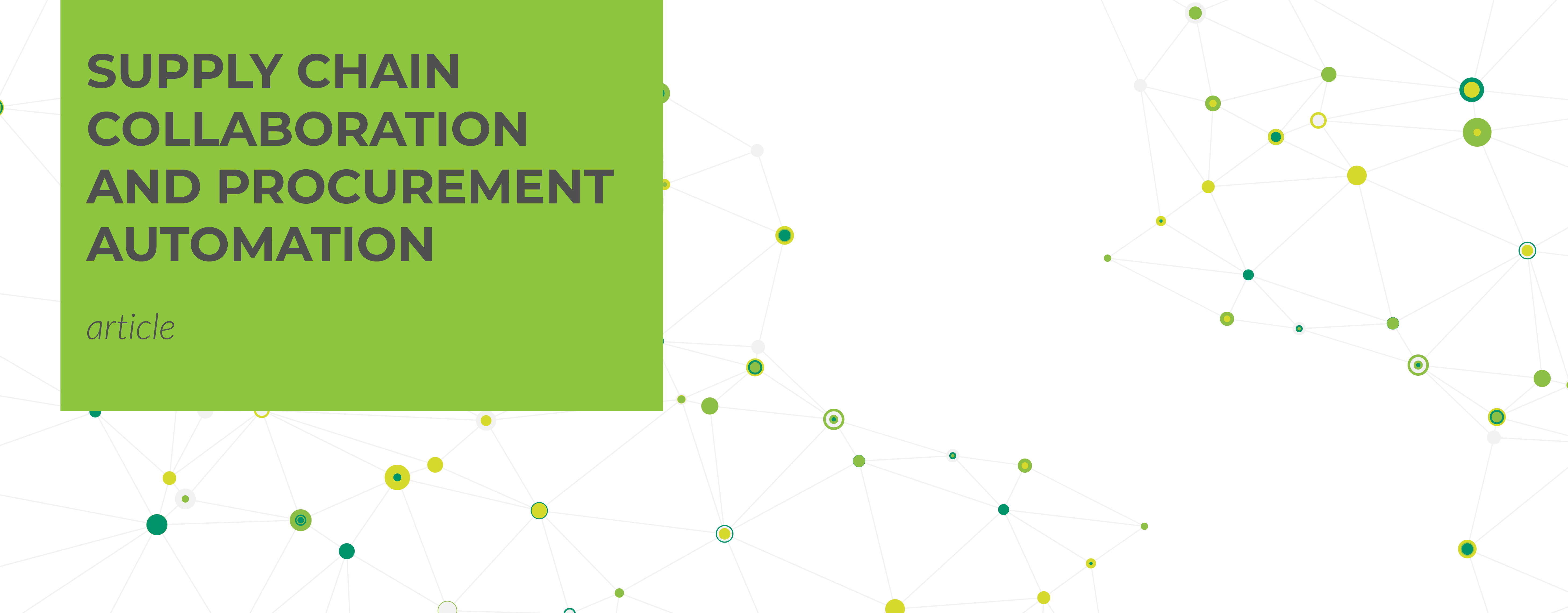What is the impact of digital tools on procurement? How does it differ from a traditional approach?
Let us see in this article what the objectives and benefits of a Supply Chain Collaboration and Procurement Automation approach are.
The traditional approach in the world of procurement
Before looking at the impact of digital tools on procurement, it is good to start with an overview of the traditional, typically manual, management of the procurement process.
The traditional approach is first and foremost a great time devourer: supplier management is manual, thus involving phone calls, email exchanges.
This applies both to the search for suppliers and to communication. From managing attachments, waiting for feedback (order confirmation, response to a specific request…) to managing changes. The negotiation itself is often not focused on efficiency.
Such management does not develop collaboration with suppliers.
Why supply chain collaboration
Adopting digital tools and moving towards a supply chain collaboration approach makes it possible to develop coordination and efficiency through customer-supplier transactions.
This is because it makes the system fully integrated.
Supply chain collaboration leads to govern the purchasing process by dematerialising document management and to measure one’s own purchasing process, thus helping in its improvement.
Let’s see how in detail and by sector.
Sourcing: through digitisation, it is possible to automate the scouting process, measure supplier performance, track the entire purchasing process and have up-to-date documents.
Procurement to pay: digitisation reduces order handling time, develops responsiveness in suppliers, enables total tracking of the process and makes it possible to automate document management. What does it mean to develop responsiveness in suppliers? The customer is able to measure the responsiveness of suppliers in order confirmations and more generally with respect to given inputs, spurring them to perform better.
Vendor Management: digital tools make it possible to measure supplier performance objectively, pushing suppliers to improve.
Quality: digitisation makes it possible to keep information on suppliers up-to-date, detect non-conformities, avoid disputes.
It can therefore be said that Supply Chain Collaboration allows for integrated collaboration, minimising the time required for exchanges, thus making human resources efficient, measuring and thus improving the process. It also enables the development of proactivity in the supplier.
Objectives and Benefits of Supply Chain Collaboration>
The objectives of supply chain collaboration can be summarised as:
- Measure, monitor the entire supply chain, processes are tracked
- Planning, demand and its variations are managed precisely and on time
- Control, work together with the supplier to improve the internal and external process and reduce lead time
- Creating value, throughout the supply chain
The benefits of such management are immediately identified in digital savings, which in turn are expressed in:
- Increased operational effectiveness. Our activities are carried out faster and more concretely, getting straight to the result. Reduction in the number of human resources (or the same number of human resources with an increase in volume), reduction in average order handling time, reduction in average supplier response time
- Reduced operating costs. Fewer human resources to perform the same activities, because you work better
- Improved service level. You trace the process, measure it and consequently have the necessary elements to define an improvement plan. Supplier’ performance is measured and one has concrete, objective elements to share corrective actions.
- Increased efficiency throughout the supply chain. Not only procurement, but the entire supply chain is involved in the improvement process


